
Review on FebSmart Wireless Beamformee Technology FS AC87 by Narendra Thapa

For Linux users, change a few settings and get a base with two antennas
). I bought both and tested them with different routers. Both cards offer a stable connection. However, not the fastest speeds compared to other products. Try "TP-Link WiFi 6 AX3000 PCIe WiFi Card". That's about $20 more, but you're getting a dual antenna base, which should help provide a better connection to your router. I have a Vivobook Asus laptop with Windows 10 and an internal Intel WiFi card (8265/8275 rev 78) that always hits 200+. Mbps connected to the same router even when running Ubuntu Live CD with default Wi-Fi settings. So next time I would take an Intel AC Wi-Fi PCIe card and skip that. Feb smart cards with Atheros chipsets gave me slow speeds on default settings and required more attention to settings. To get around 150Mbps I had to use the following settings: * iwconfig <device interface> power off # disables power management * iwconfig <device interface> rts 250 * iwconfig <device interface> txpower 15 # lower transmit power . 30 is the default. At that point I was getting 150Mbps, sometimes 205Mbps. Follow these steps to get a more stable 210Mbps speed:* Purchase a dual antenna base with a 2- to 4-foot extension so you can move the antennas away from motherboard I/O backplane interference.* Avoid using USB 3.0 ports. Sometimes USB 3.0 devices cause interference. (The problem is the USB 3.0 standard.) For most of your devices, get a powered USB 2.0 hub. Vicinity. Remember to close all other browser tabs when running speed tests. Aside from the hard setting, the card works flawlessly and maintains a stable connection. Advanced users can compile their own kernel modules and use these cards as part of their own routers and access points.
- computers and accessories
- weight
New products
Comments (0)
Top products in 🧰 Computer Internal Components

Unleash High-Performance with AMD Ryzen 5 3600XT Processor & Wraith Spire Cooler

223 Review

Seagate Barracuda 1TB HDD ST1000DM003

93 Review
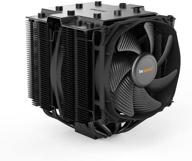
🌬️ Silent Cooling Power: Dark Rock Pro 4 CPU Cooler with 250W TDP, BK022

134 Review
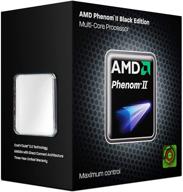
AMD Phenom II X4 940 💻 Black Edition 3.0GHz AM2+ Processor - Retail

96 Review
Another interesting products
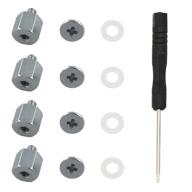
M.2 Screw Kit: Easy Mounting for NVMe SSDs on ASUS Motherboards

19 Review
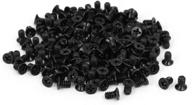
uxcell 3.5" HDD Screw Black 200pcs for Computer PC Case - Flat Phillips Head - 6#-32 - Hard Drive Fasteners

10 Review

Glarks 660 Pieces Phillips Assortment Motherboard

10 Review
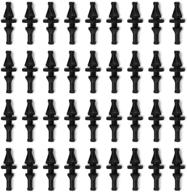
36-Pack Black Rubber PC CPU/Case Fan Screws/Rivets Set for Computer

11 Review

